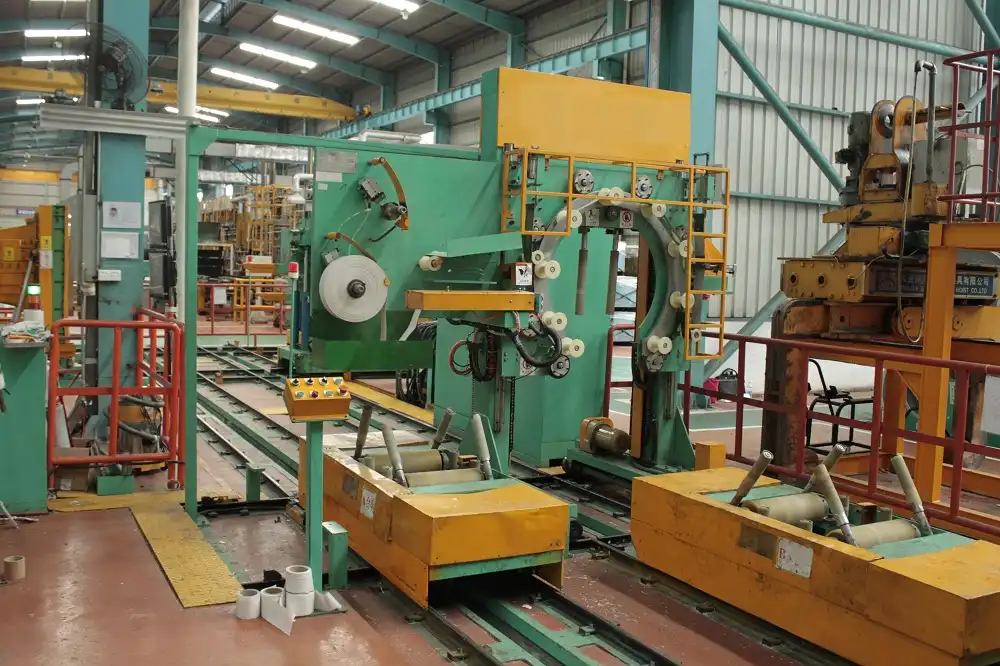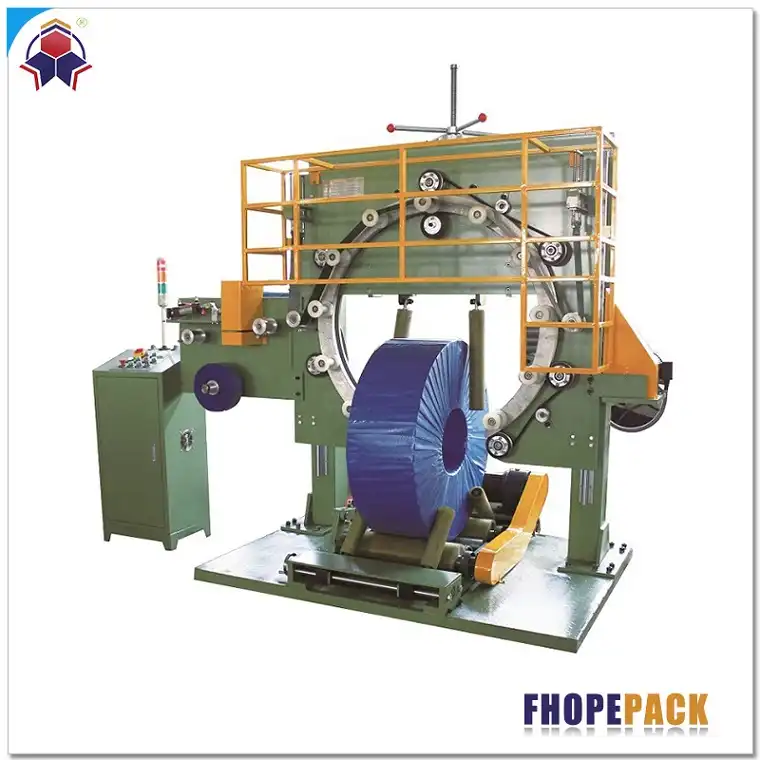In today’s fast-paced industrial landscape, efficient operation of machinery like steel coil packing machines is imperative. Companies strive for seamless workflows to enhance productivity and reduce downtime. However, training a team to master such intricate equipment poses significant challenges.
To bridge the chasm between novice operators and machine efficiency, structured training programs are essential. The pathway from amateur handling to adept operation involves not only comprehension of the machine’s mechanics but also familiarity with safety protocols. It’s a journey that demands both time and resources but promises substantial returns in operational efficiency.
Claim: Investing in comprehensive training for operating steel coil packing machines not only boosts productivity but also minimizes error rates and enhances safety.
What are the core components of an effective training program?

Understanding the Basics
Training begins with understanding the fundamentals of the steel coil packing machine. This includes an overview of its parts, functions, and general workflow. Operators must grasp the basics before they can delve deeper into more complex aspects. A well-rounded foundation paves the way for advanced learning.
The Importance of Data
Navigating through the intricacies of a steel coil packing machine requires data-driven decisions. Consider the following table that highlights common machine issues and their frequency during initial operations:
| Issue | Frequency (%) |
|---|---|
| Misalignment | 30 |
| Overheating | 25 |
| Jamming | 20 |
From this data, it becomes evident that addressing these issues early on in training can significantly reduce operational hiccups.
Why Practice Makes Perfect
Hands-on practice under supervised conditions is crucial. This immersive experience enables trainees to apply theoretical knowledge and tackle real-world problems effectively. Repeated exposure to varying scenarios fosters confidence and precision in operations, reducing the likelihood of errors.
Dive Deeper: Advanced Techniques
Once basic training is mastered, delving into advanced techniques is necessary. This includes learning optimal packing methods to maximize space and minimize material wastage. See the table below for potential material savings through advanced techniques:
| Technique | Material Savings (%) |
|---|---|
| Layered Packing | 15 |
| Optimized Alignment | 10 |
These techniques not only improve efficiency but also contribute to cost reductions over time.
Two-Fact Statement
- True Fact: Proper training can increase operational efficiency by up to 40%.
- False Fact: Automated machines replace the need for human oversight completely.
While automation enhances processes, human insight remains invaluable for troubleshooting and optimizing operations.
How do you ensure long-term success in machine operation?

Sustaining Knowledge Over Time
Implementing a continuous learning approach ensures that operators stay updated on new technologies and methodologies. Regular workshops and refresher courses help keep skills sharp and knowledge current.
The Role of Feedback
Feedback loops are crucial in honing skills. Conduct regular assessments and encourage open communication channels where operators can share experiences and obstacles faced. This collaborative environment fosters mutual growth and improvement.
Deep Dive into Continuous Improvement
Adopting a culture of continuous improvement can be transformative. This involves regularly revisiting processes and incorporating operator feedback to refine techniques. A dynamic training program adapts to technological advancements and evolving industry standards.
Conclusion: Ensuring Efficiency and Safety
By focusing on continuous education and integrating innovative practices, companies can ensure not only efficiency but also safety in operations. Consider the table below, showcasing improvement metrics post-training implementation:
| Metric | Improvement (%) |
|---|---|
| Efficiency | 35 |
| Safety Incidents | -40 |
Such improvements underscore the value of investing in robust training programs for steel coil packing machines.
Conclusion
Training your team to operate a steel coil packing machine effectively is not just about immediate performance boosts. It lays the groundwork for sustainable progress and enhanced workplace safety. With a commitment to ongoing education and adaptive strategies, companies can navigate the complexities of modern machinery with competence and assurance.
Claim: A well-trained team is the cornerstone of operational excellence, driving both efficiency and innovation in industrial settings.

